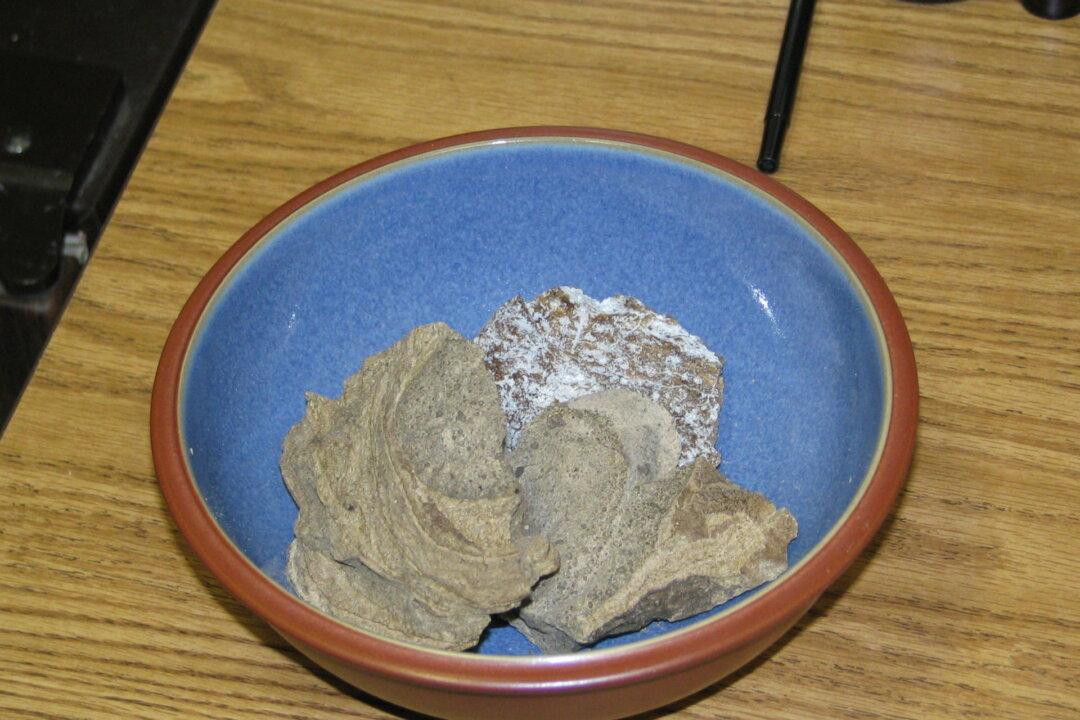A man was just walking his dog on the beach when he saw a strange object. The lump for some reason drew him in, and he decided to take it home.
Turns out it was a good decision—the weird lump is actually ambergris, or whale vomit, and is used in the perfume industry. According to Scientific American, it’s not exactly clear if ambergris is actually whale vomit.





